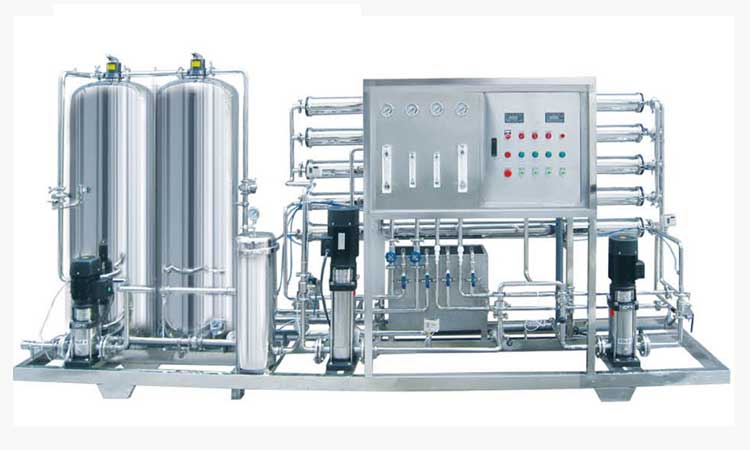
The Effective Ways of Reusing and Saving the Rejected Water of R.O. Plants
Reverse Osmosis is considered one of the best technologies to provide clean drinking water. Almost every home has an R.O. water purification system. This article discusses the ways to resolve the problem of reusing rejected water of the R.O.
R.O. purifiers contain a unique process for filtering the inorganic and organic substances, dissolved oxygen, and other chemicals from the water. While we get access to safe drinking water, there are certainly some disadvantages that R.O. plants give. In cities like Delhi, Mumbai, Bangalore, four to five people live in a family. The U.S. National Academies of Sciences, Engineering, and Medicine determined that an adequate daily water intake of a person is: About 15.5 cups (3.7 liters) for men and about 11.5 cups (2.7 liters) for women. If we drink 3 liters of water (in general), the rejected water will be three to four times more than drinkable water.
There is a certain reject water ratio in an R.O. water plant. Only 25% of the water gets purified in the filtration process, while 75% gets rejected. Because of high TDS, pH, and high levels of impurities, the remaining water for human consumption is not good. It is a matter of concern because an R.O water purifier wastes 3 liters of water for every 1 liter of water. As we all know, the world is facing a Water Crisis, and if we drain water in heavy amounts, we will suffer badly in the future.
Every drop of water counts and makes a big ocean, so save rain water.- Unknown
However, before reusing this wastewater, we need to check its TDS and pH value. For any purpose, if we are using the rejected water, please ensure to check the water suitability accordingly. The rejected water can be stored and reused for other purposes such as irrigation, washing cars, gardening, etc. We ascertain how we can save the rejected water and for what different goals we can reuse it through this article.
So, let us see where and for what purposes we can use the rejected water.
- For washing cars and air coolers, using so much regular water may seem to be demoralizing. But using rejected water from an R.O. a water purifier can be a good option. If the TDS value of the water is high, you can dilute tap water to bring it to the normal position.
- It is particularly applicable for the people residing in the urban areas as the municipal water has a lower TDS. TDS up to 2100 ppm is permissible for watering plants and gardens. Plants and trees need continuous care. If you are a gardening lover, you must need water for nourishment. R.O. rejected water can be of great use in such a situation.
- Washing utensils from that water proves to be another solution. You can save the rejected water in a bucket and use it as per your requirement. From my point of view, washing utensils from that wastewater is the best reuse purpose.
- Cleaning the floor may take several buckets of water. But rejected water is used for the floor mopping. If the water has a high TDS value, you can mix tap water to lower its amount. Use this water on alternate days to reduce the chances of stains.
- Approximately 5-6 liters of water is used in flushing the toilets. You can clean toilets with this rejected water to minimize the wastage of freshwater.
The conclusion would be that many urban homes have started switching to R.O. filters for their daily consumption. While R.O. purifiers contribute to water wastage, there exist numerous ways to cut back on it. Recycle, reuse, or restrict – these three methods can limit water wastage to a great extent. By conserving the expelled waste, your eco-friendly move may help to save water for up to 4 lives. Brands are continually working on bringing innovative technologies to control the problem of water wastage. The easiest solution always exists at home, and even a tiny step that you take can have a considerable impact. In the meantime, we can follow these valuable ways on how to reuse R.O. wastewater.
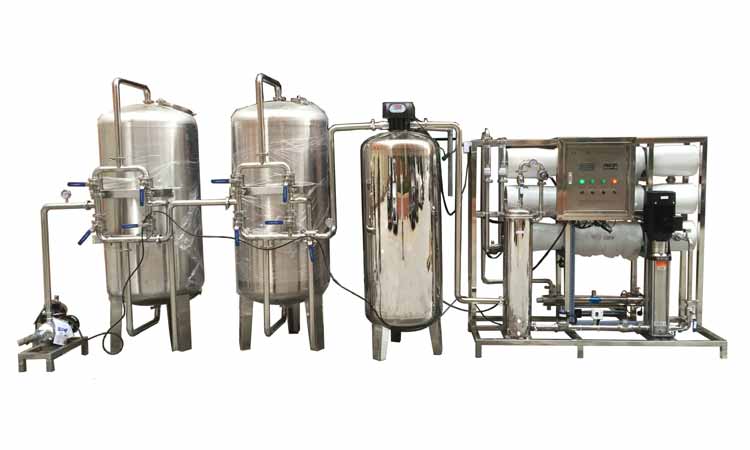

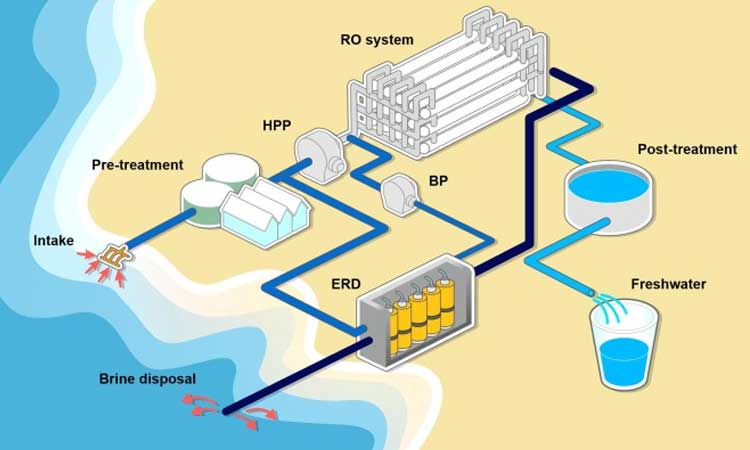
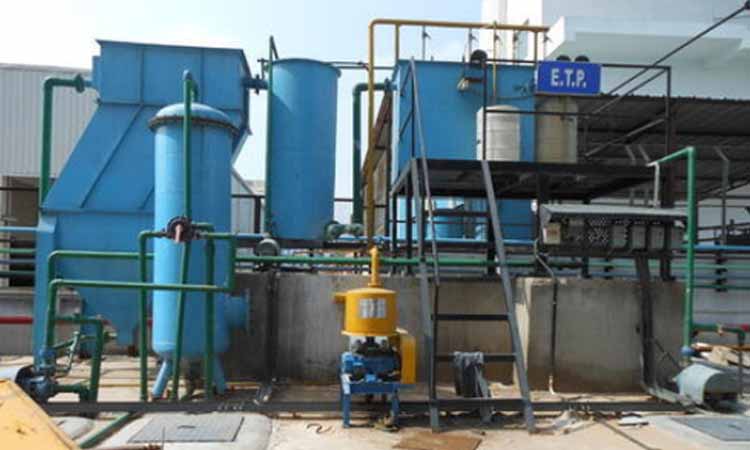
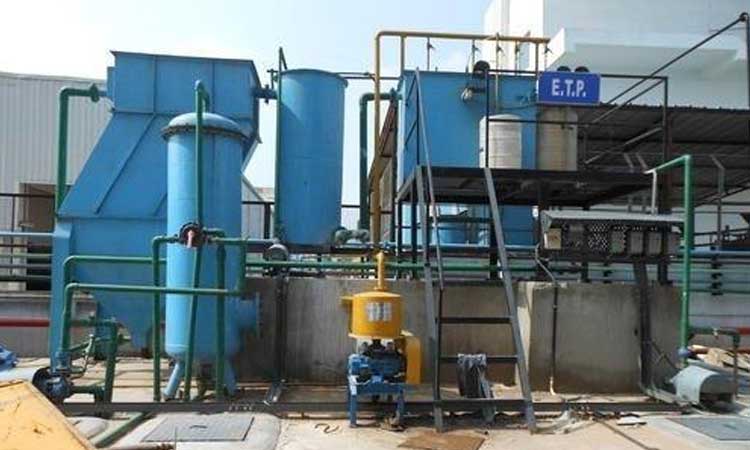
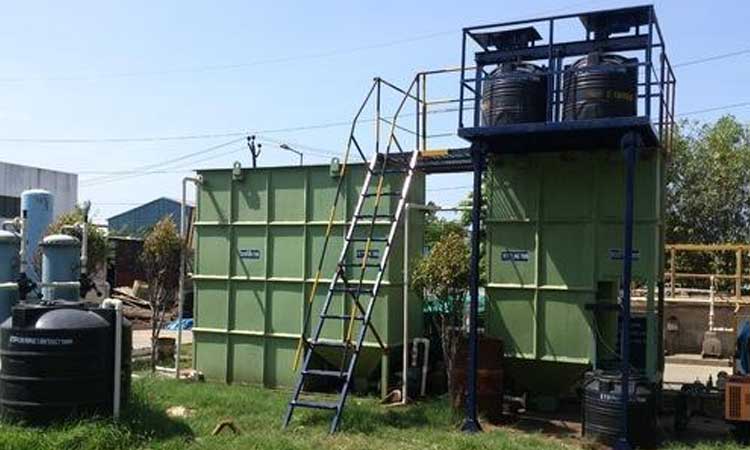
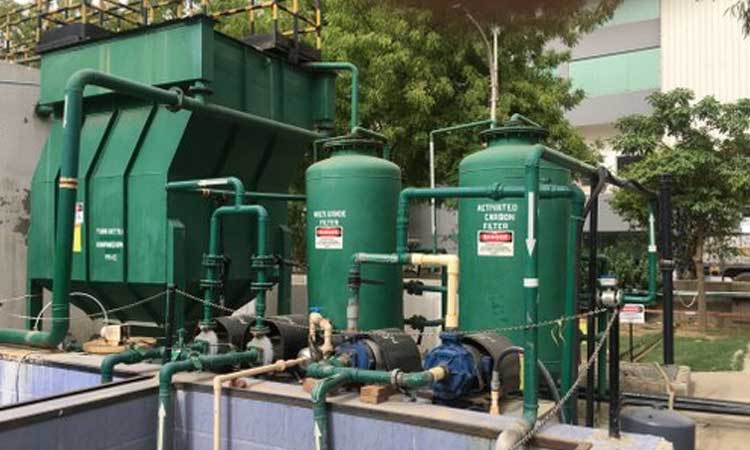

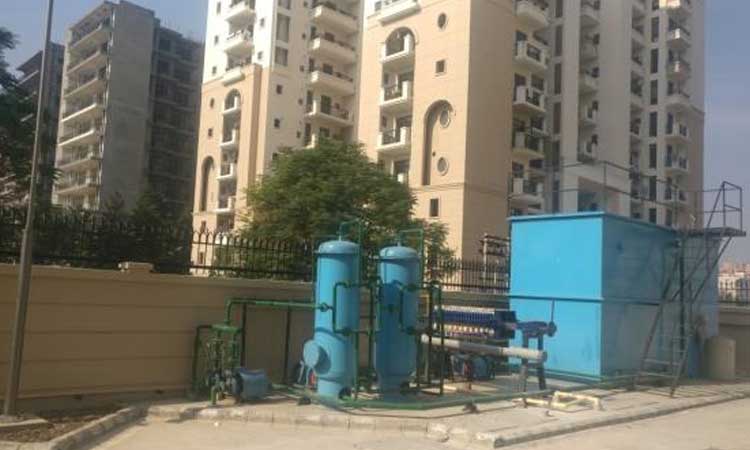
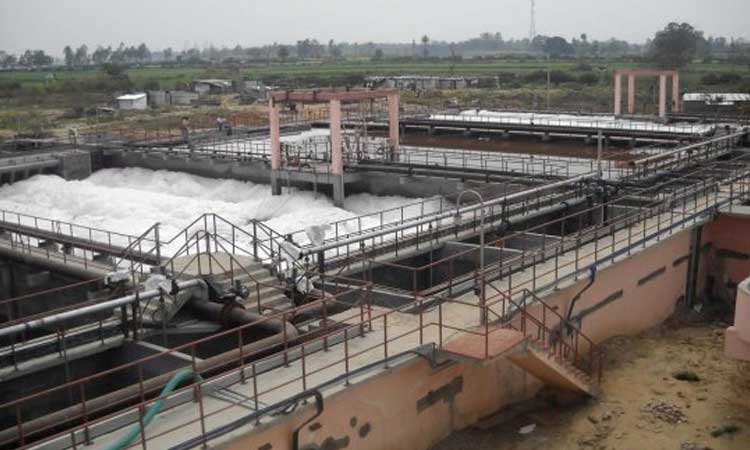
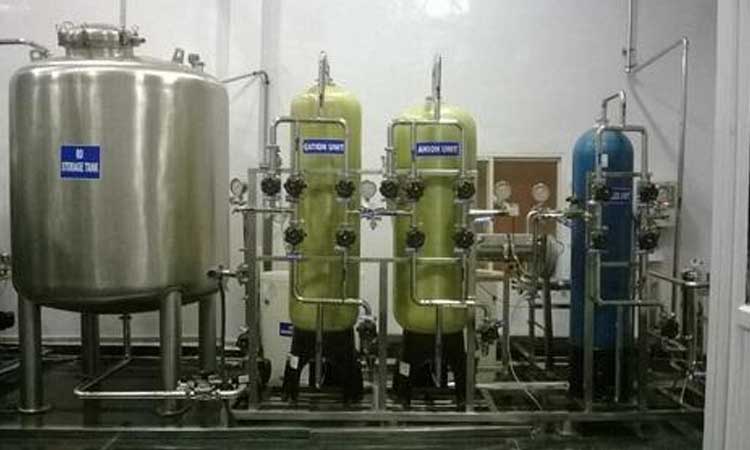

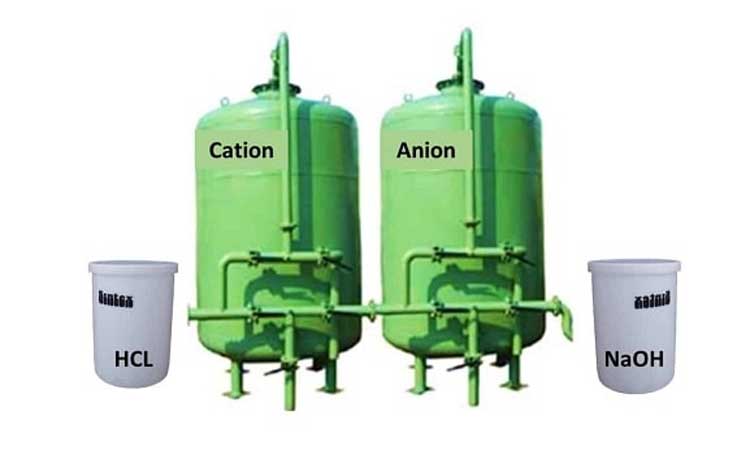


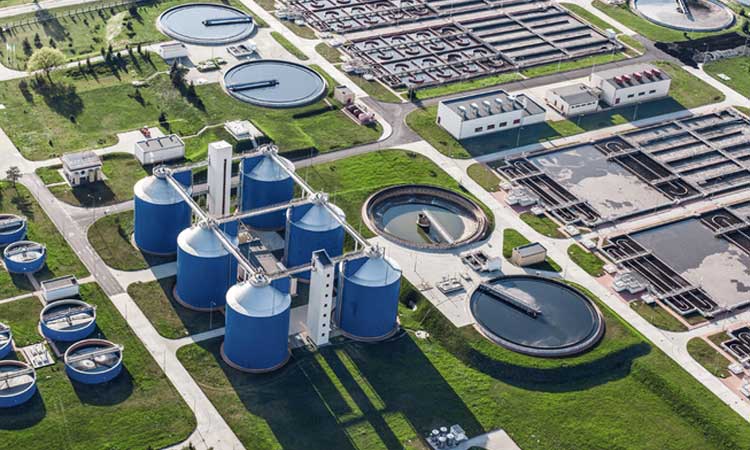

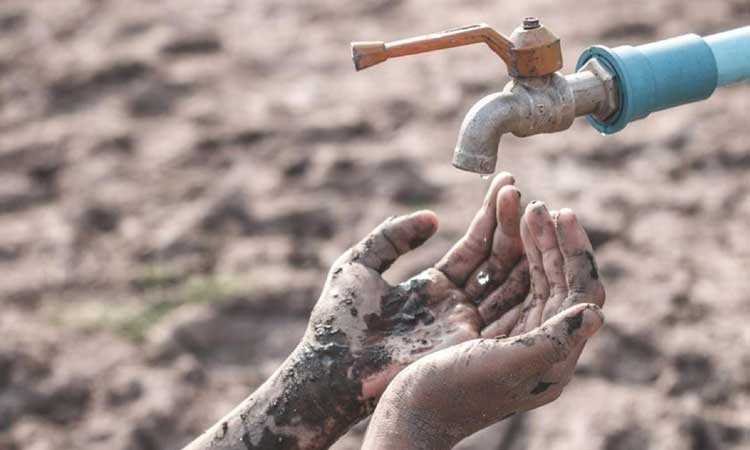
Comments
In reverse osmosis the solvent (water) is moved from high solute concentration towards lower solute concentration by using pressure through a semipermeable membrane.
Waste RO water has been used as toilet flush water, brewery purposes at home, but possible corrosion problems must be checked.
The zero water wastage technology will make sure that not even a single drop of water is wasted and it promotes water conservation.